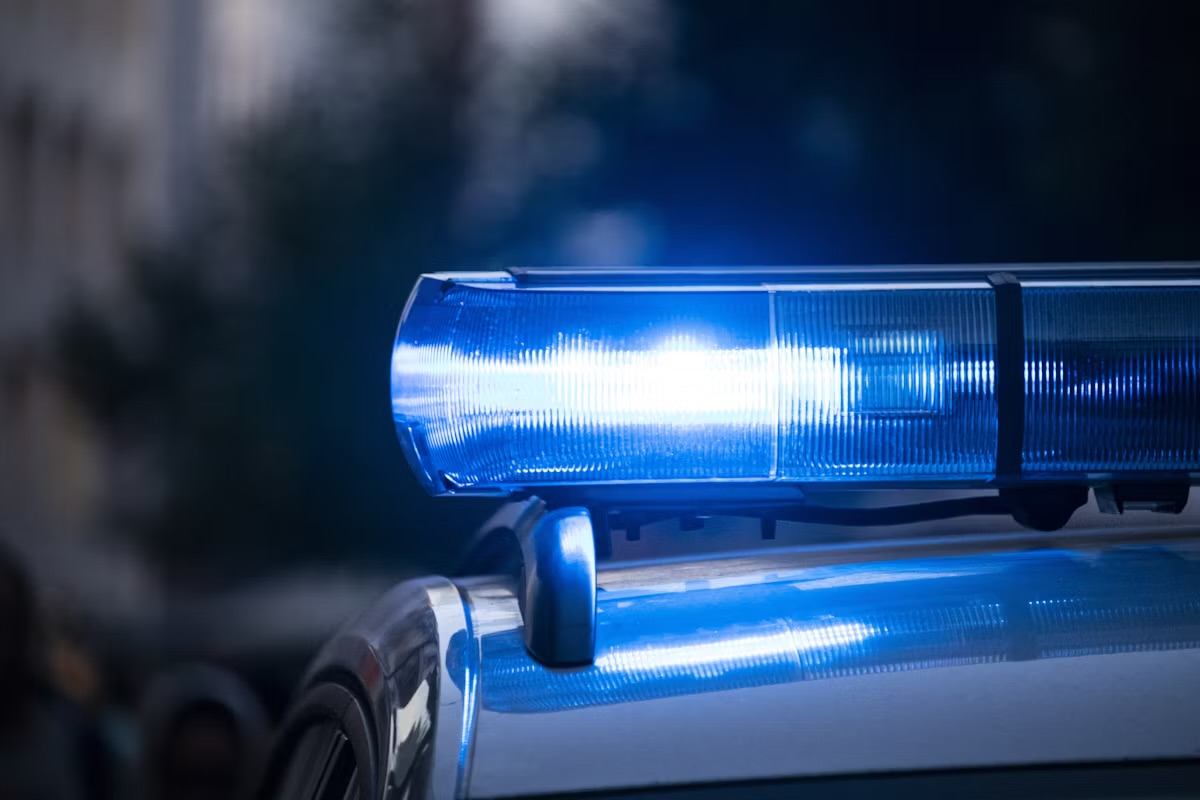Herefordshire Council has released a detailed Masterplan for Hereford, in which it details that ‘only around 7% of motor traffic in Hereford is through traffic’ and that the city currently has high levels of nitrogen dioxide that are above Government standards.
In the Hereford City Masterplan, Herefordshire Council detail the following:
“As a legacy of 20th-century car-centred planning, vehicle traffic has come to dominate Hereford to the detriment of space for play and travelling to school or work. Hereford’s transport challenges also pose problems for net zero targets, air quality and economic prosperity.
“To look at traffic today in Hereford is to look back at over 70 years of transport engineering in this country. Since 1949, motor vehicle traffic has increased more than tenfold, from about 29 billion to 330 billion vehicle miles across the country, largely driven by steady growth in car traffic.
“The level of traffic growth since 1949 has varied by vehicle type. The car traffic share rose from 44% in 1949 to 78% in 2018. The increase in the personal freedom and choice arising from widening car ownership has been gained at the cost of a loss of freedom and choice for children. In the 1970s, 80% of seven- to eight-year-old children in the UK were allowed to go to school on their own. By 1990, this was 9%. Injuries and collisions on the roads may be declining, but this is not necessarily because they are safer.
“Young children are no longer welcome to play out on neighbourhood streets, and the level of road danger faced by everyone contributes to parents no longer being comfortable allowing children to travel independently. While transport helps to connect people and places, it now contributes over a quarter of UK greenhouse gas (GHG) emissions. All sectors in the UK have reduced GHG emissions in recent years, with the exception of transport.
“This level of traffic also comes with consequences for the quality of the air we breathe. In 2016, the Royal College of Physicians estimated that ambient air pollution causes 40,000 premature deaths per year in the UK, at an estimated social cost of £22 billion per year. Hereford’s Air Quality Management Area (AQMA) shows levels of nitrogen dioxide that are worse than government standards – mainly as a result of traffic fumes. Only about 7% of motor traffic in Hereford is through-traffic (passing through our city without stopping).”
“Importantly, the way our infrastructure has been designed over time has increased our propensity to jump into our cars even for very short trips.
“Every day, those living, working in or visiting Hereford make about 80,000 car trips that start and end within the city. These trips are short. Some of them are very short. Findings from the 2020 Hereford Transport Strategy Review show that a large proportion of journeys made in the city are short-distance trips: 73% of journeys are less than 5km compared with a national average of 40%. Most of these trips could be walked or cycled
in half an hour or less, with changes to infrastructure that provide more choice in how to move.
“Trying to squeeze more cars and delivery vans onto the same roads and hoping for the best is not going to work. Electric cars and vans will have an important role to play in connecting rural communities with the city, while mitigating GHG emissions. Hereford needs cleaner buses and electric bikes to have an increasingly important role in moving people and goods around.
“What is the cost of doing nothing? There is an economic cost associated with continued traffic congestion to the people and businesses in Hereford. Growth in much-needed housing in the city centre and in new neighbourhoods in Lower Bullingham, Holmer West and Three Elms will provide homes for local residents but could cause increased traffic unless action is taken now to provide people with genuine choice in how they move around on the many short trips that are made every day.”



